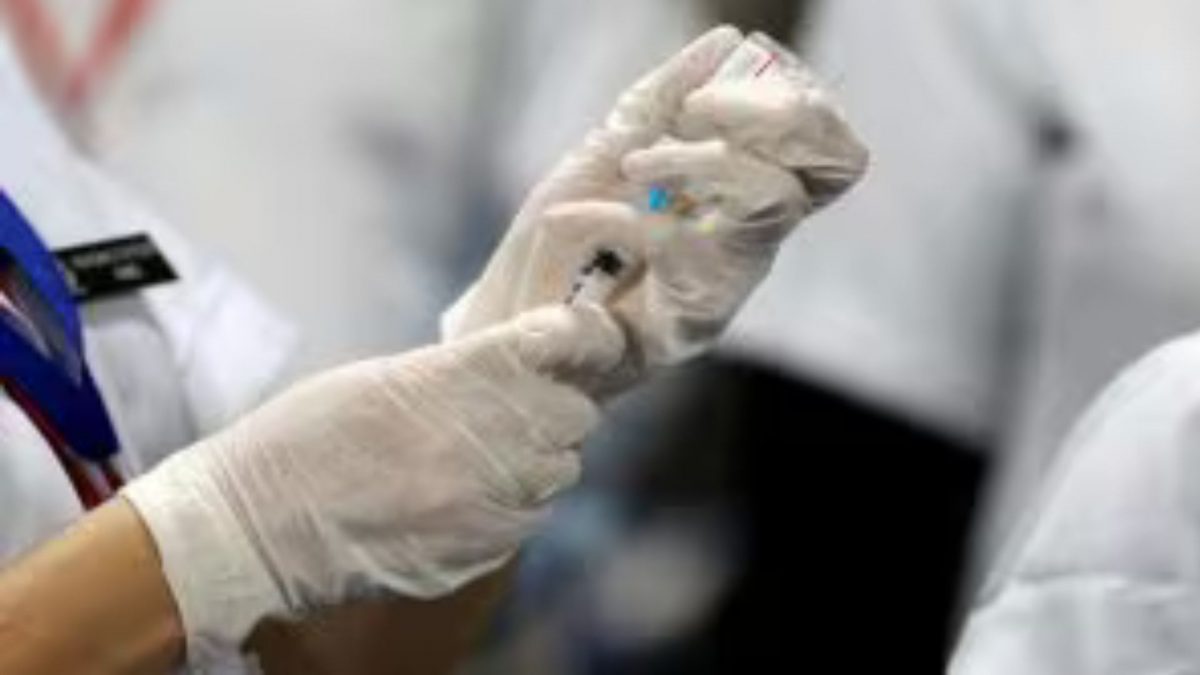India is rapidly emerging as a global hub for medical technology, currently the fourth largest MedTech market in Asia and among the top 20 globally. The industry is expected to reach $50 billion by 2030, mostly due to the rise in non-communicable diseases, an aging population, and a growing need for healthcare services. With a combination of innovative startups, government initiatives, and a growing talent pool, India is well on its way to becoming a global hub for MedTech. This transformation is driven by a confluence of factors including technological advancements, policy support, and an ever-increasing demand for affordable healthcare solutions, both domestically and globally. As one of the fastest-growing sectors, India’s MedTech industry holds immense potential to revolutionise healthcare delivery and outcomes.
Government Initiatives and Policies
The government has played a pivotal role in fostering the growth of the MedTech industry. Several initiatives and policies have been implemented to create a favorable ecosystem for MedTech companies. The National Health Mission (NHM) has been instrumental in improving healthcare infrastructure and accessibility across the country. The government has also provided incentives, such as tax breaks and subsidies, to encourage investments in the Med-Tech sector. Growth and innovation have been encouraged by the creation of medical device parks and the application of Production Linked Incentive (PLI) programmes.
Our ability to guarantee the quality and safety of our products has significantly improved with the establishment of centralised testing and validation labs. In addition, the thriving startup scene, which is home to over 4,000 companies, and programmes like the Atal Innovation Mission (AIM) have played a critical role in fostering innovation and resolving regional healthcare issues.
The government has demonstrated initiative in allocating skilled personnel to regulatory and administrative bodies, guaranteeing that the distinct requirements of the MedTech sector are met. Medical colleges and universities have increased their focus on medical technology education, and collaborations with industry players have been established to bridge the gap between academia and the workplace.
Impact Shorts
More ShortsIn order to ensure that different industry viewpoints are taken into account, a number of task forces and committees now include members from important associations representing electronics, diagnostics, devices, and consumables. The procurement procedure has been simplified via the GeM site, enabling more efficient and transparent government spending on medical technology. This platform has facilitated better access to medical devices for public healthcare facilities.
Domestic Demand and Export Opportunities
India’s large population, coupled with rising incomes and awareness about healthcare, has created a significant domestic market for MedTech products and services. The country’s growing middle class is increasingly seeking quality healthcare options, driving demand for advanced medical devices and treatments.
Moreover, India has emerged as a major exporter of MedTech products to global markets. The country’s competitive cost structure, coupled with skilled labour, has made it an attractive destination for manufacturing and outsourcing. Indian Med-Tech companies are increasingly focusing on developing innovative products that cater to the needs of global markets.
Technological Advancements and Innovation
India’s MedTech industry has witnessed significant technological advancements in recent years. Indian companies are developing innovative products, such as low-cost diagnostic devices, telemedicine solutions, and surgical robotics. These advancements are not only improving healthcare outcomes in India but also making a global impact.
Furthermore, collaborations between Indian and foreign companies have facilitated technology transfer and knowledge sharing. This has enabled Indian Med-Tech companies to develop cutting-edge products and compete effectively in the global market.
Challenges and Opportunities
Despite the significant progress made, India’s MedTech industry faces some challenges. Regulatory hurdles, lack of a strong supply chain, and infrastructure constraints can hinder the growth of the sector. However, these challenges also present opportunities for innovation and improvement.
The government is taking steps to address these challenges through regulatory reforms and infrastructure development. The focus on innovation and research and development can also help India overcome these hurdles and emerge as a global leader in MedTech.
Way forward
We have a great opportunity to collaboratively address key areas such as quality control, competition, and R&D investments. Enhancing regulatory frameworks and increasing R&D investments are essential for sustaining growth and innovation in the sector. Collaborations between industry and academia are also crucial for driving innovation. The establishment of incubation centres in collaboration with global institutes will be instrumental in developing cutting-edge medical technologies. Promoting career opportunities in the MedTech industry and liaising with academia to tailor courses that meet the sector’s needs are essential for building a skilled workforce.
Innovation is fuelled by partnerships between academia and industry. The development of cutting-edge medical innovations will be greatly aided by the construction of incubation centres in partnership with international institutes. Additionally, building a trained workforce requires promoting job opportunities in the MedTech sector and working with academic institutions to design courses that address industry demands.
The future of India’s MedTech industry will be shaped by its ability to innovate, adapt, and collaborate effectively. Growth will be primarily driven by embracing digital transformation, creating a favourable regulatory environment, and making talent development investments. The industry has the potential to greatly boost the economy in addition to improving healthcare outcomes as it develops.
India’s journey towards becoming a global MedTech hub is well underway. The country’s strong foundation, growing market, technological advancements, and government support have created a favourable environment for the industry’s growth. By addressing the challenges and capitalising on the opportunities, India can solidify its position as a major player in the global MedTech landscape.
The writer is managing director, Poly Medicure Ltd. Views expressed in the above piece are personal and solely that of the author. They do not necessarily reflect Firstpost’s views.


)

)
)
)
)
)
)
)
)



